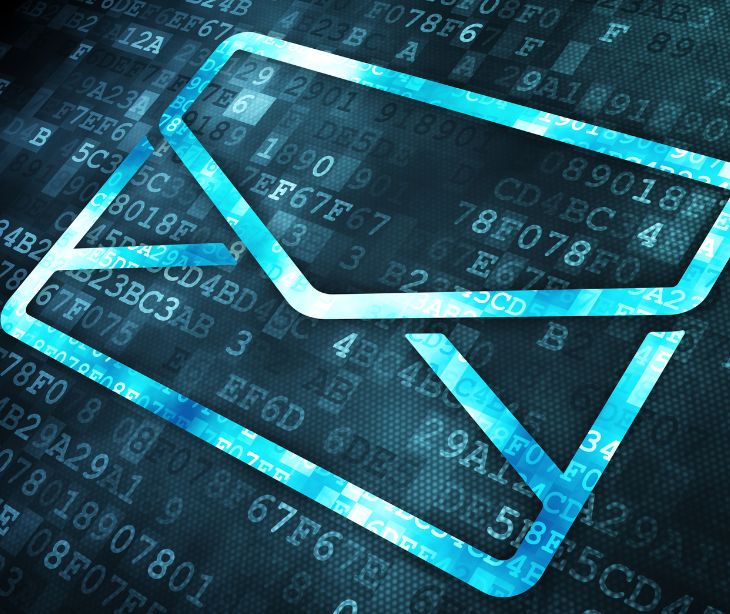3 min read
Strategies using HIPAA compliant email to boost youth engagement
Kirsten Peremore
April 13, 2024

The United Nations defines youth as individuals aged 15–24 years, constituting 16% of the global population. Specific strategies are necessary because they address the unique needs, behaviors, and preferences of the youth. HIPAA compliant email creates a trustworthy environment to share youth engagement strategies and collect insightful information to improve patient outcomes in this overlooked demographic.
Youth engagement in healthcare
A recent Lancet Global Health study states that the youth as one of the largest demographics globally, “..deserve meaningful engagement in decisions affecting them, which entails their involvement at all stages of decision making: in research, design, implementation, monitoring, and evaluation of interventions.”
Young people often bring innovative perspectives that can lead to more effective and sustainable health solutions. However, despite their stake in healthcare outcomes, youth are frequently underrepresented. This lack of representation typically stems from barriers such as limited opportunities for involvement in policy making, a perceived lack of experience, or the assumption that young people are not interested in healthcare issues.
An often overlooked strategy to better engage youth on a larger is the co design process. This involves integrating young people as equal partners in the design and implementation of health programs right from the beginning. This method can be used in both small and large organizations to different degrees of implementation.
Advantages of using email to promote youth engagement
Despite the popularity of social media among young people, email offers distinct advantages. This form of communication provides a clear, uninterrupted communication chain, without the distractions and noise typical of social media. This can be especially useful when dealing with complicated health issues that require detailed explanations and careful consideration. The ability to refer back to previous emails also provides a valuable record of medical advice and decisions, aiding in better personal health management.
Other benefits include:
- Email allows for asynchronous communication, which means young patients can read and respond to messages at their convenience.
- Email communication gives young patients the time to think about their responses or questions about their health.
- Each email serves as a record of communication, which can be easily stored and referenced in the future.
- Emails can include links to resources, attachments with informational pamphlets, and detailed instructions for treatment or medication adherence.
- Some young people may feel intimidated by face to face or even telephone communications. Email allows them to communicate without the immediate pressure of a direct conversation.
- Email provides a private means to communicate about sensitive topics without others overhearing.
See also: How HIPAA compliant platforms can facilitate early youth support
Strategies to increase youth engagement through HIPAA compliant email
With the combination of secure HIPAA compliant email service providers like Paubox, the following targeted additions to youth email campaigns offer methods of engaging youth engagement organically.
- Microlearning modules: Send short, digestible learning modules focused on health topics pertinent to young people, like stress management, sexual health, or basic first aid. These modules could be interactive, using brief quizzes or flash animations to maintain interest and improve retention.
- Customizable email themes: Allow young patients to customize the look of the emails they receive, such as choosing themes or colors. This small degree of personalization can make emails more visually appealing and engaging for a younger audience.
- Spotlight on youth innovations in health: Feature stories or interviews with young innovators in the health field, perhaps highlighting new apps, technologies, or health initiatives led by youth. This not only provides inspiration but also shows the impact young people can have on healthcare.
- Health milestone celebrations: Send congratulatory emails for health related milestones such as completing a series of vaccinations, reaching a personal fitness goal, or marking one year of managing a chronic condition. Acknowledging these achievements can boost motivation and engagement.
- Incentives for preventive care: Offer incentives for completing preventive care measures, such as entering all young people who get an annual check up into a raffle for concert tickets or tech gadgets. Incentives can drive participation and make routine health care more appealing.
- “Did You Know?” series: Start a "Did You Know?" email series that provides fascinating health facts, debunking myths or clarifying common misconceptions about health among young people. This can educate while also engaging them with surprising or interesting content.
- Direct dialogue opportunities: Create opportunities for young patients to have a direct email dialogue with healthcare providers about general health questions, which could be anonymized and shared as a regular Q&A feature. This promotes a learning community among your youth clientele.
See also: Top HIPAA compliant email services
FAQs
How can healthcare providers personalize email communications to engage youth?
Providers can use the information they have about a young patient’s health interests and history to send personalized advice, educational material, and reminders that are directly relevant to the individual’s age and health conditions.
Do I need to gain parental consent to send youth engagement material to youth demographics?
Yes, you typically need to obtain parental consent to send youth engagement material to minors.
How often should healthcare providers send emails to engage young patients without overwhelming them?
The frequency should be balanced based on the health needs and the nature of the information. Regular newsletters might be monthly, while appointment reminders or urgent health updates might be as needed.
Subscribe to Paubox Weekly
Every Friday we'll bring you the most important news from Paubox. Our aim is to make you smarter, faster.




